ECT is part of a dynamic circular economy in which inert excavated soil is reused. This soil comes from building and public works sites.
Our development projects promote biodiversity and quality of life. They are put to different uses depending on the local issues at stake: landscape parks, reforestation, soundproofing mounds, photovoltaic power plants, agricultural land raising, urban farms, golf courses, sports and leisure grounds and facilities, etc.
News
Our best wishes for 2026
Best wishes 2026 Together, let’s continue to sustainably transform our communities. Thanks to your trust, ECT develops and delivers meaningful projects for local governments and the people they serve.
Read more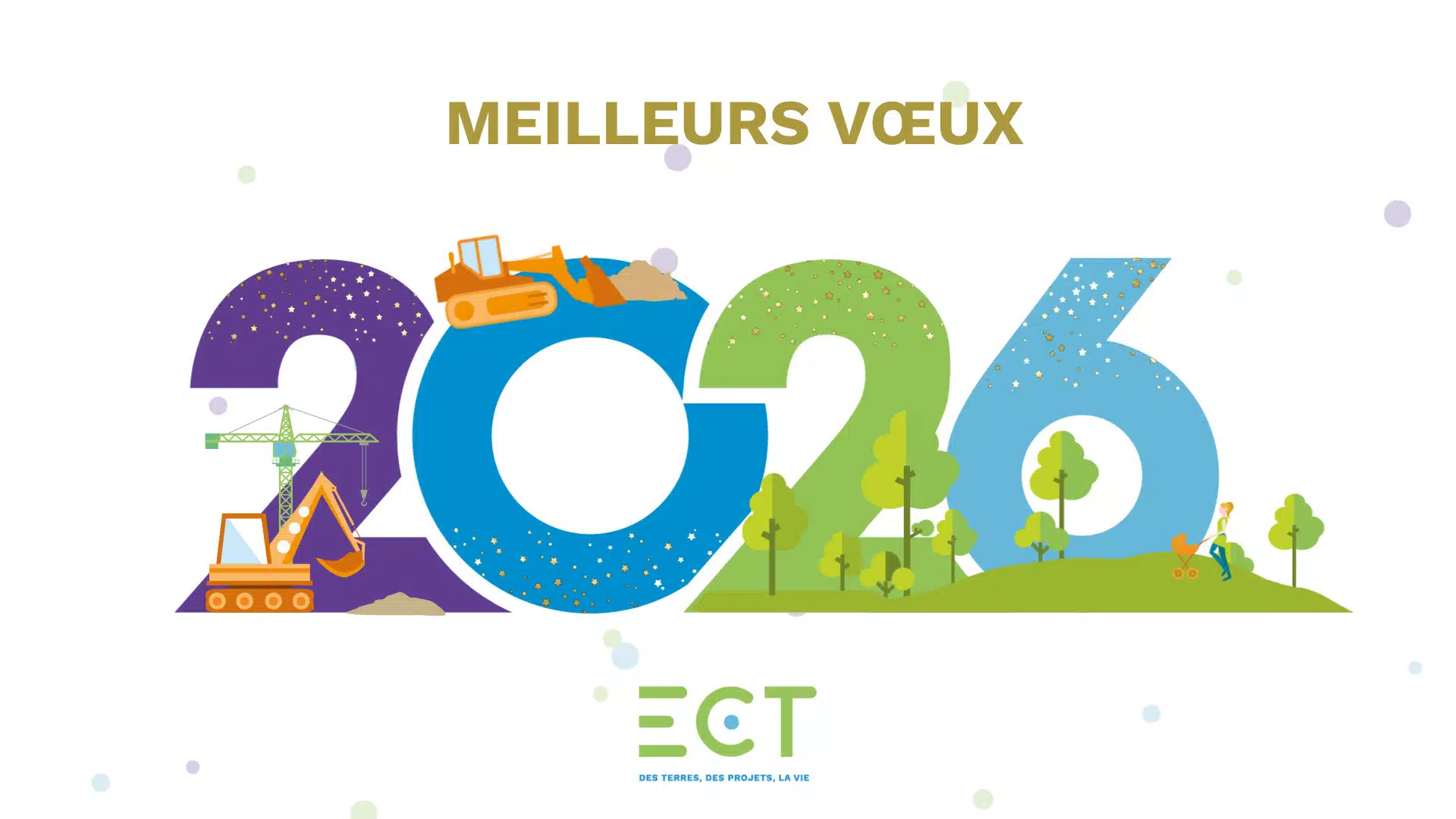
News
Landscape designer : when excavated earth becomes a land project
In May 2025, Louis Canesse joined the ECT landscaping team as a landscape designer. Today, he talks about the landscape designer’s role in the company’s non-built projects. FFrom project planning
Read more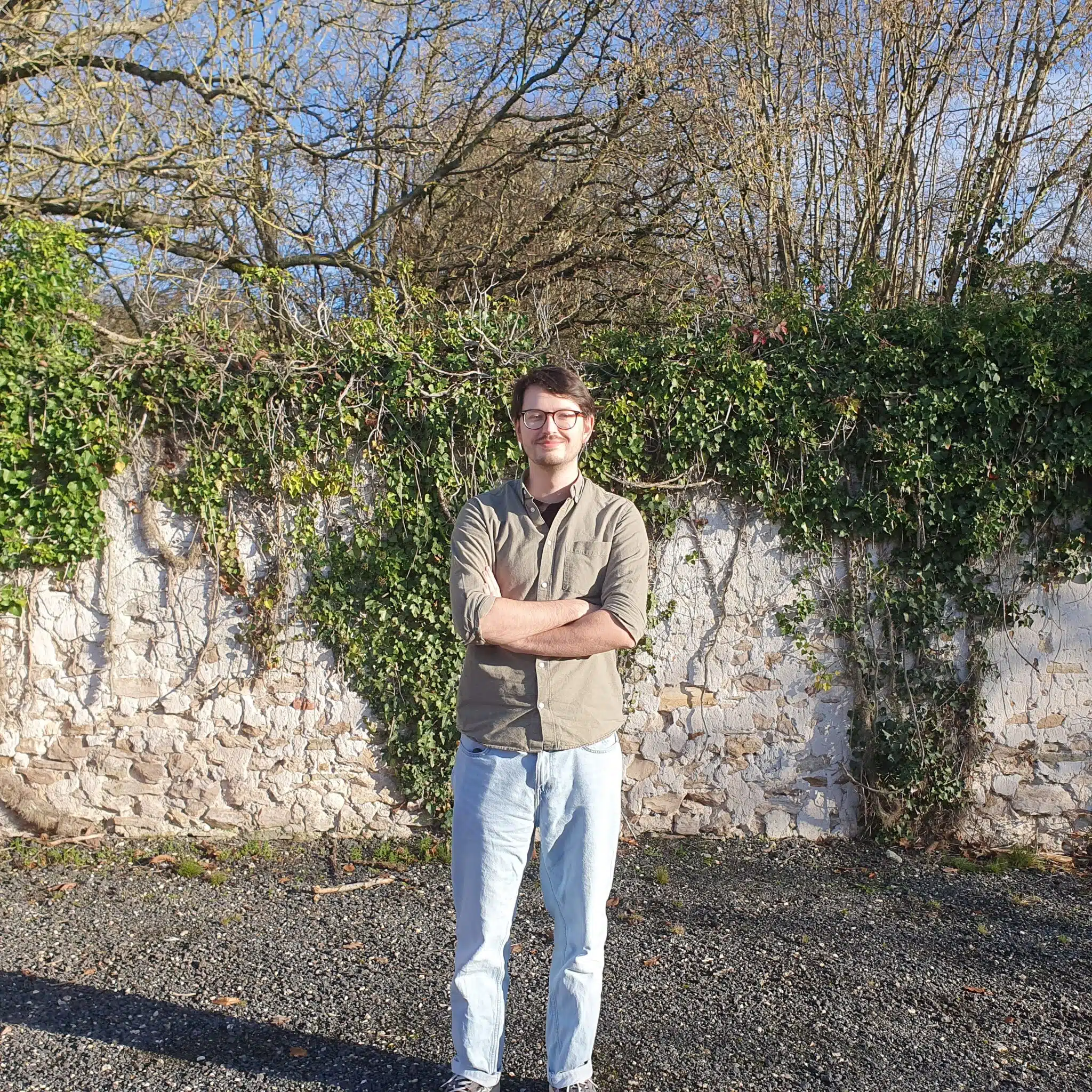
News
ECT Hauts de France opens a new site in Harnes (62)
An accessible site for inert soil from the local construction industry Since December 8, the site in Harnes has been receiving inert soil from local construction sites. Located just 5
Read moreNews
Green spaces supervisor: vegetation and biodiversity
For the past few weeks, Benjamin Chapeau has been working as a green space project manager in ECT’s landscaping department. The key words in his job are vegetation, landscape, biodiversity,
Read more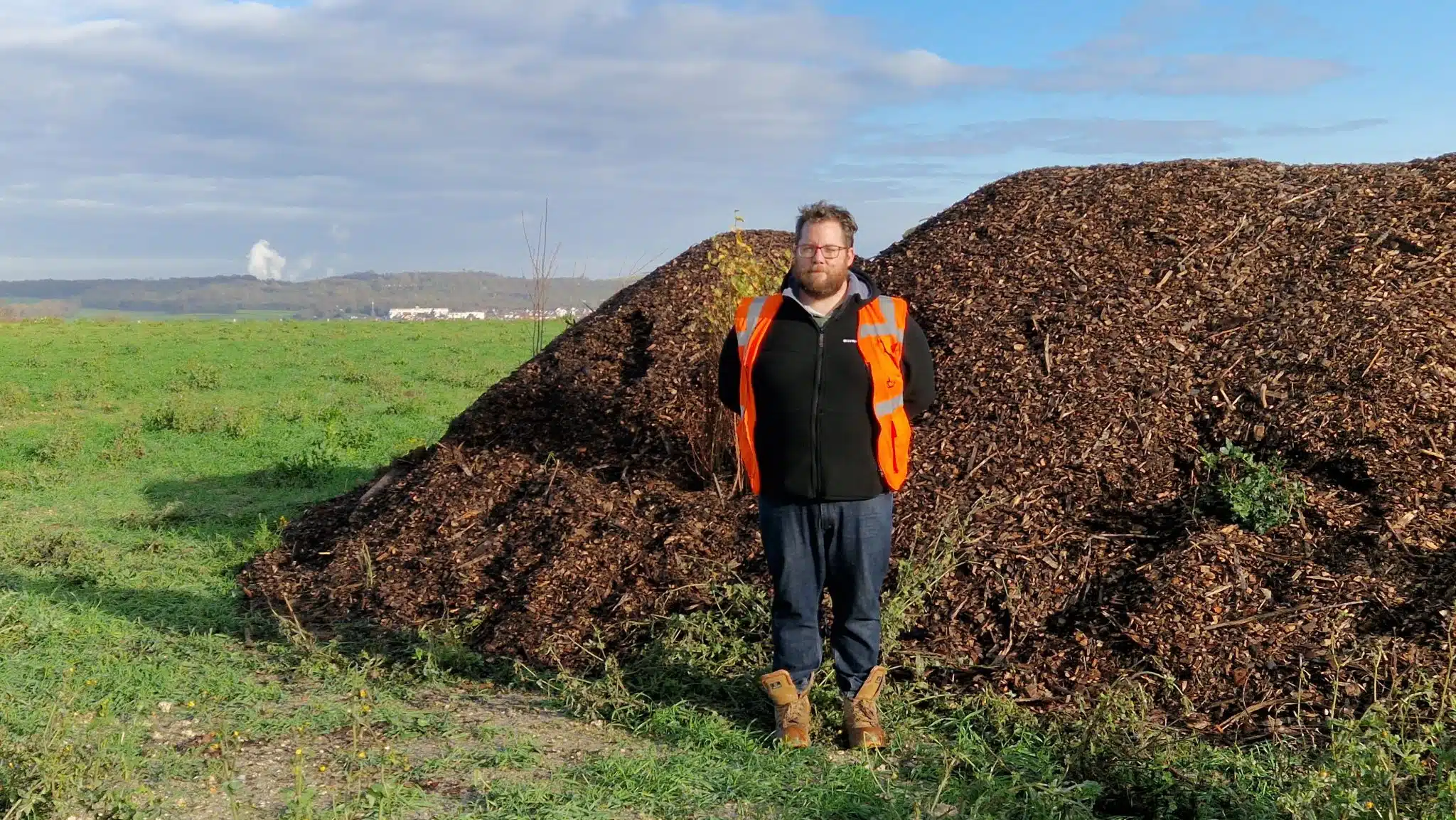
ECT key figures
million tonnes
of excavated material processed / year
employees
in France, with a new branch in the Hauts-de-France region
development sites
regularly in operation to recycle excavated soil
trees planted
per year
children
guests per year
for educational activities and plantations
solar panels
installed (in partnership with Akuo)
Over the past 5 years, the following projects have been completed or are in progress:
ha of landscaped parkland,
sports and leisure facilities
ha of farmland
including 2 projects with SAFER IDF
ha of urban forest
and freely evolving biodiversity zones
Business lines
Our business is based on 3 areas of expertise.
Sales Division
identifies treatment channels for inert and polluted soil. It manages relations with our customers in the construction and public works sector and organizes the traceability of excavated soil to sites for reuse, recycling or treatment
Operations Division
receives and inspects excavated soil and ensures its traceability. It ensures that the site is properly integrated into the surrounding environment and designs the project’s layout. Finally, it carries out development, equipment and renaturation work
Design Department
dialogue with local communities and public authorities to identify sites and design concerted uses for the future development, an opportunity for the local attractiveness.
Achievements and
development projects
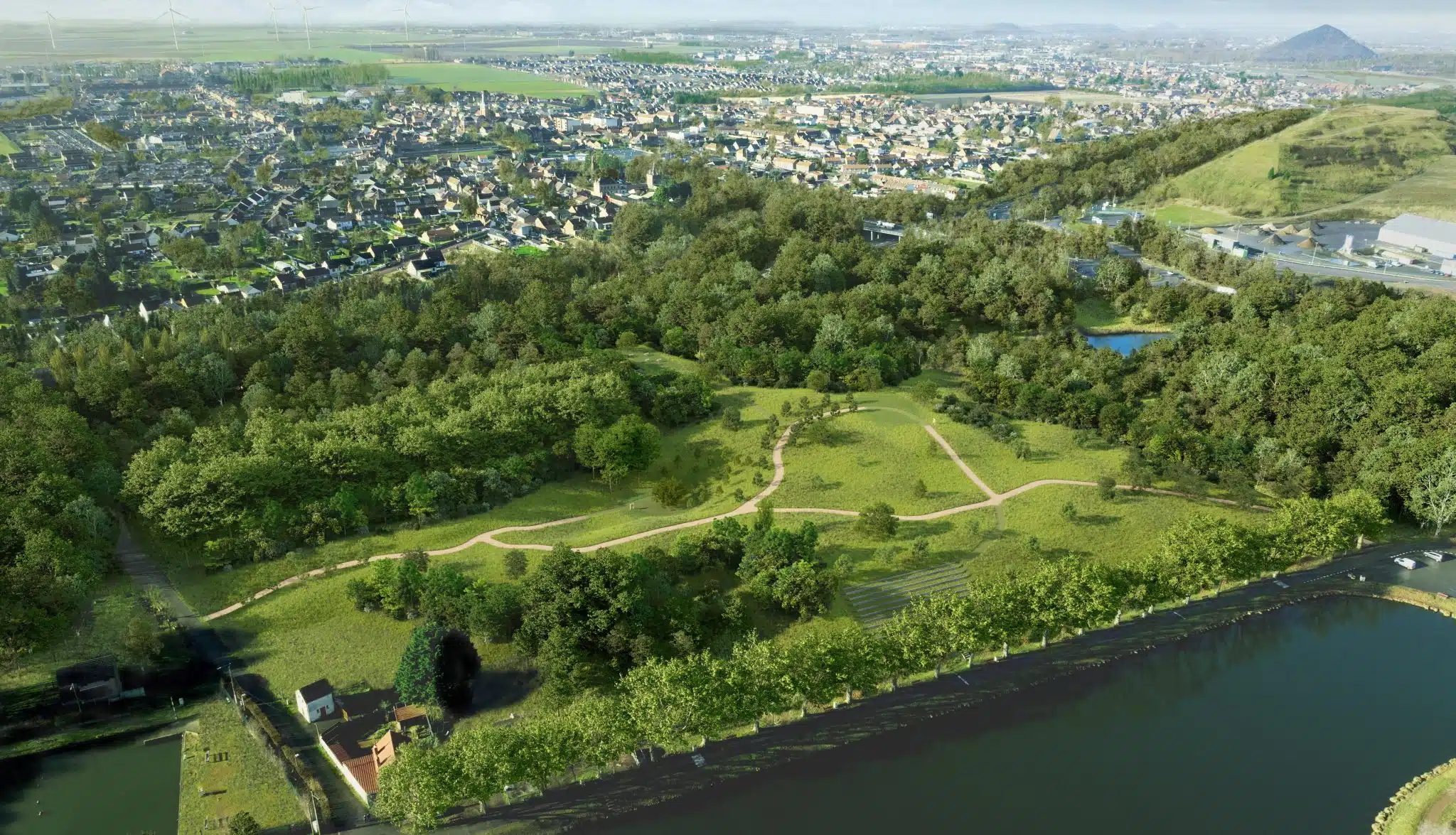
A nature park on the derelict Gare d'Eau site
Courcelles-lès-Lens
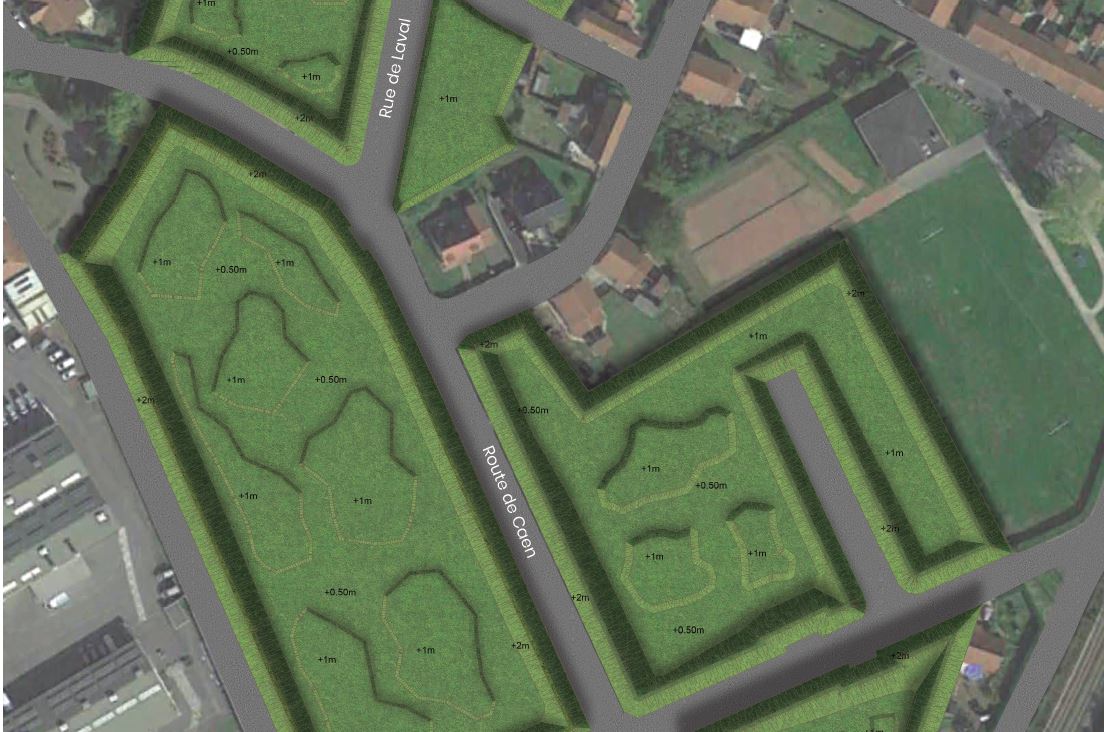
Improving the living environment through the temporary creation of an open garden
Sallaumines
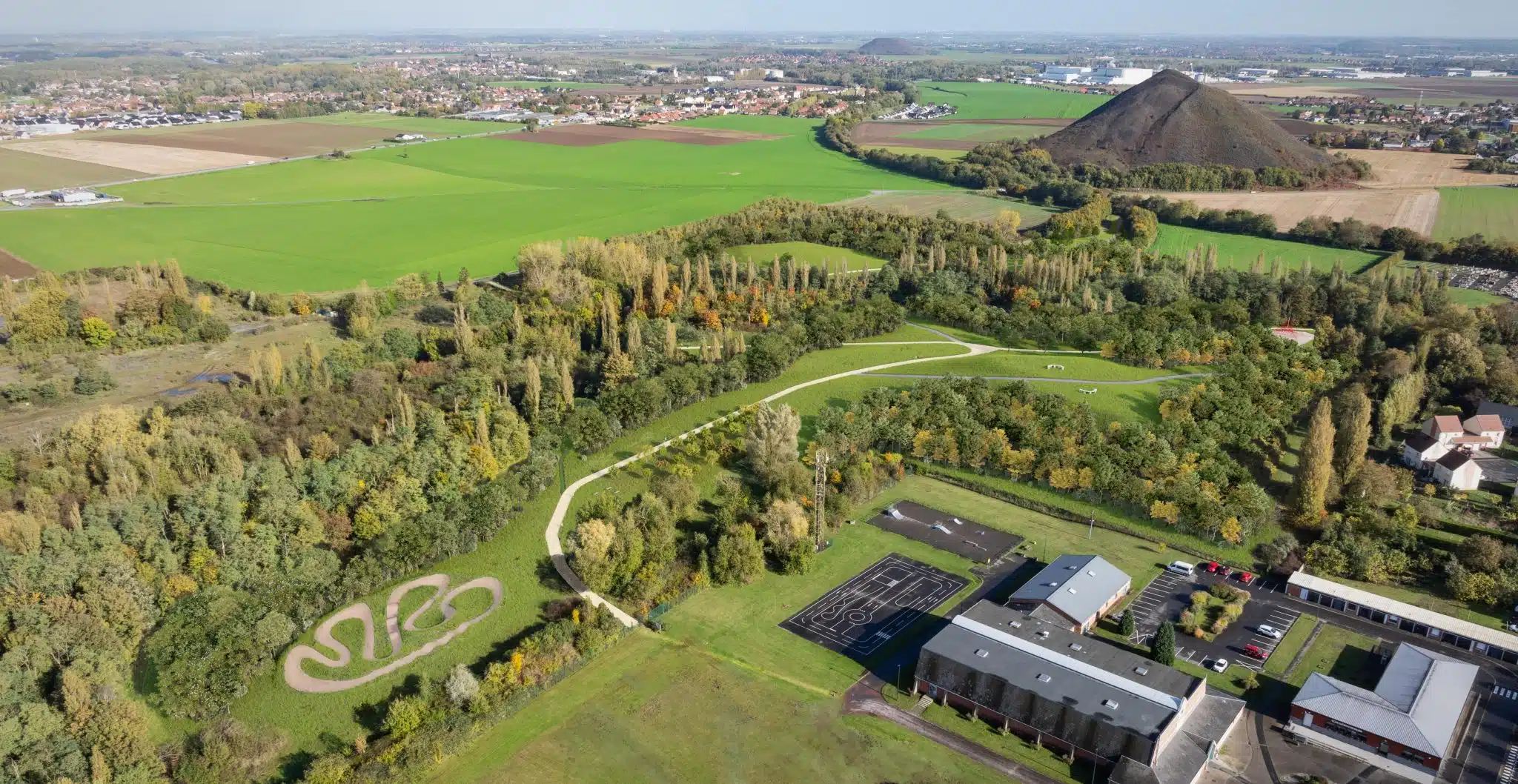
Creation of a natural, sports and leisure area
Harnes
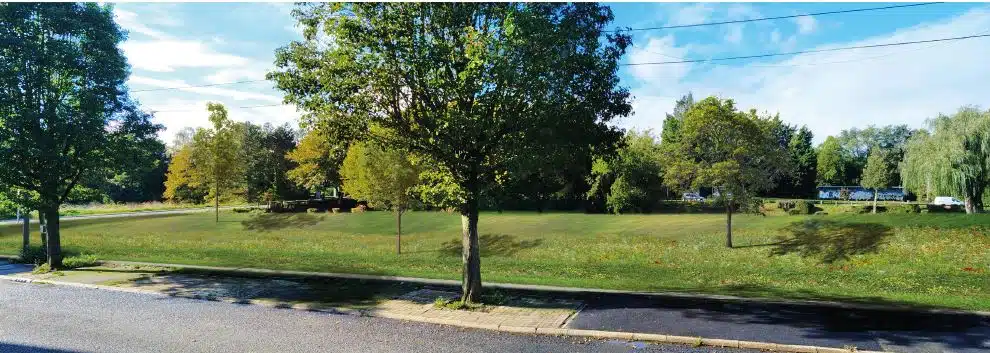
Urban and landscape redevelopment of derelict sites
Bruay-la-Buissière
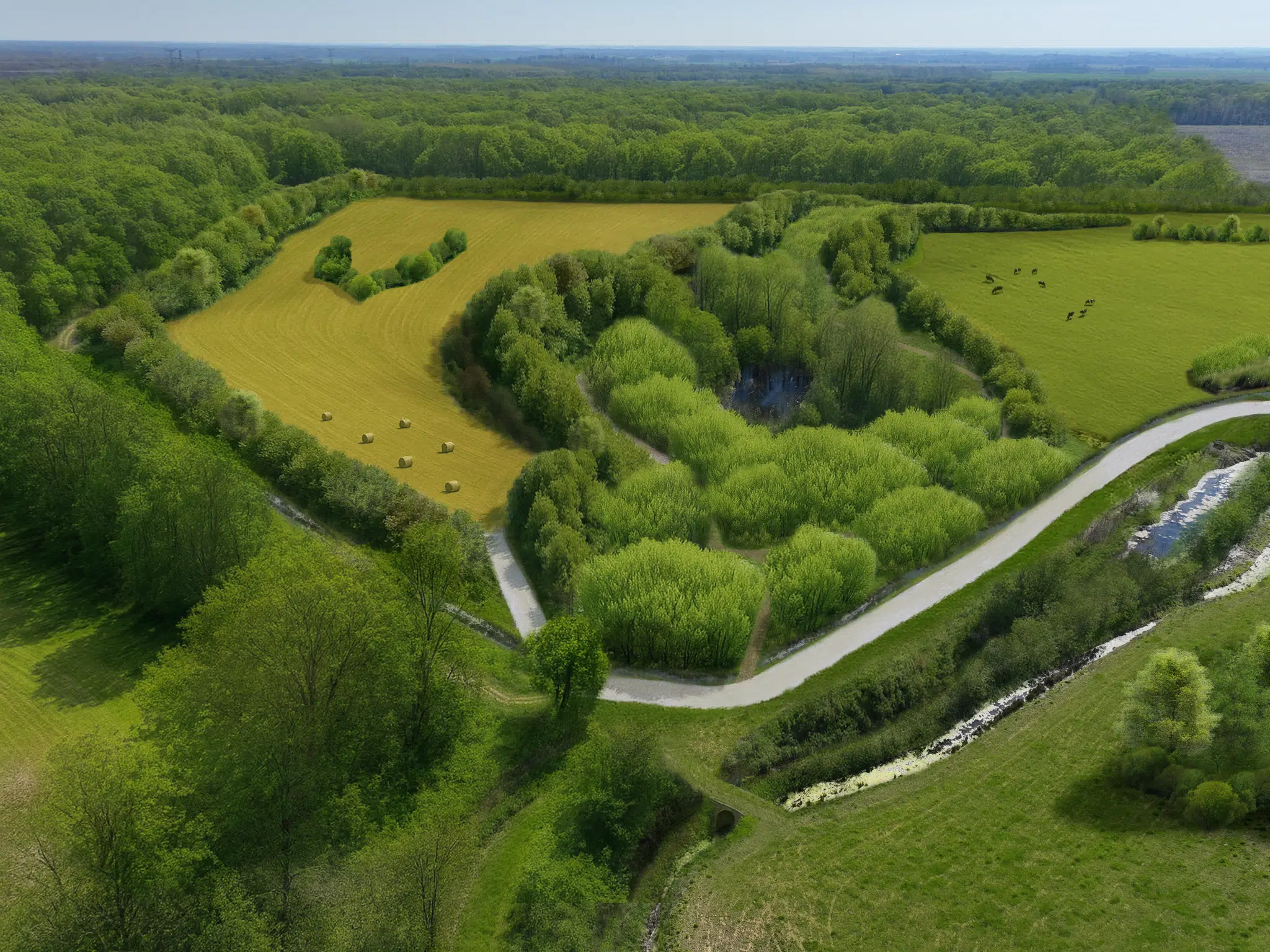
Rehabilitating farmland in the Paris region
Coubert
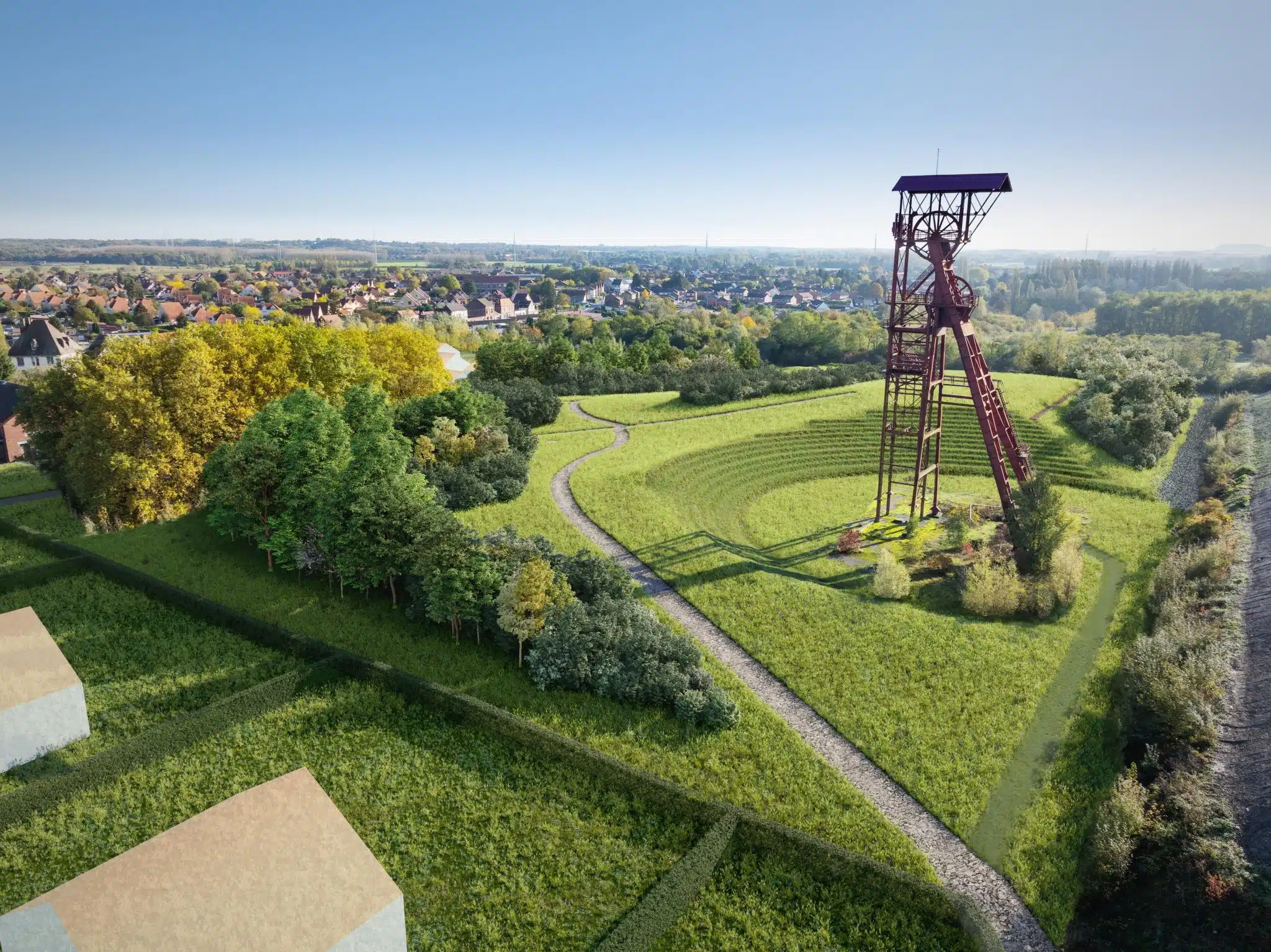
Transforming a mining wasteland into a green heritage area
Evin-Malmaison (62)
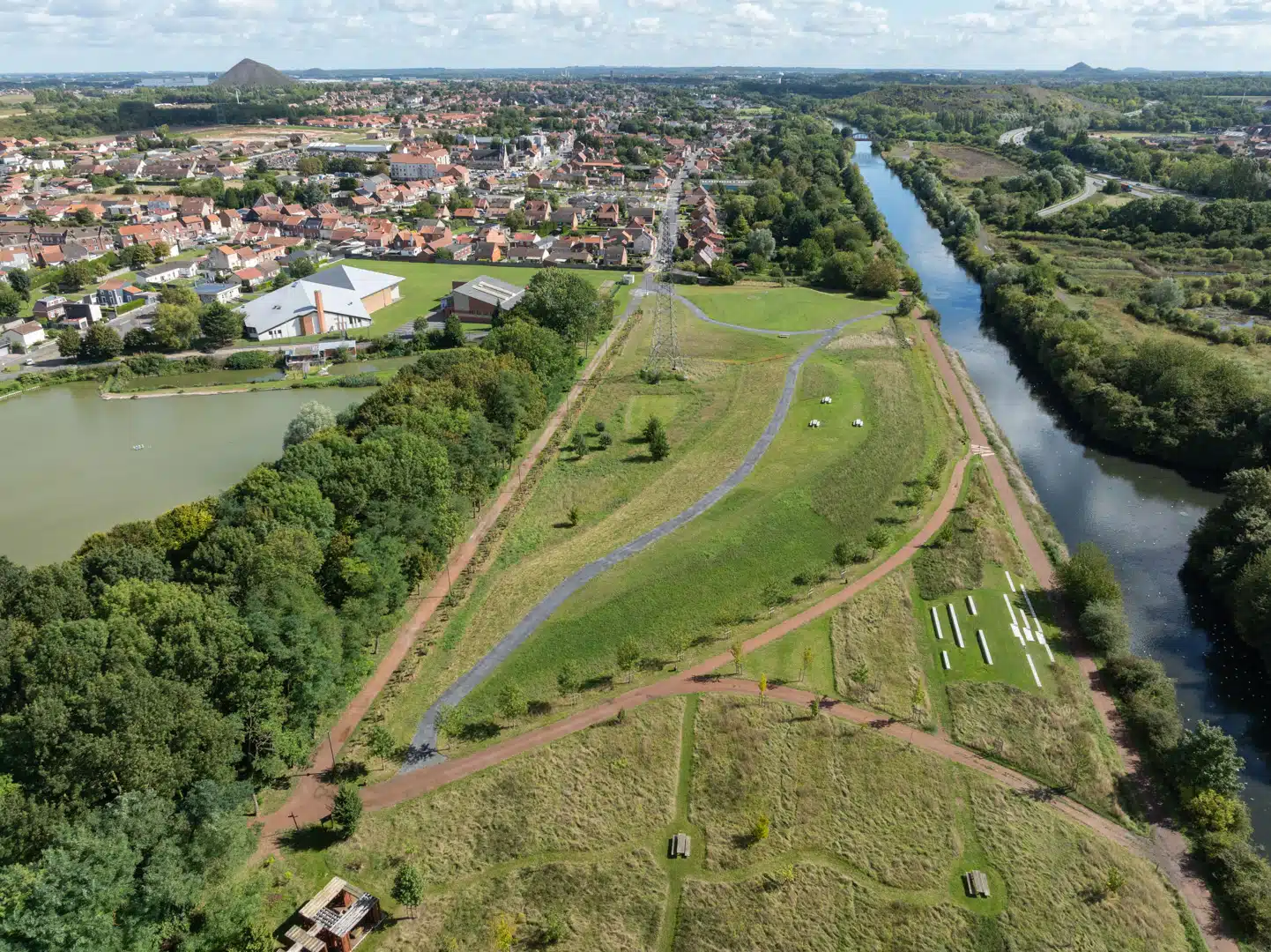
Creating a leisure and relaxation area in the Parc des Berges de la Souchez
Loison-sous-Lens (62)
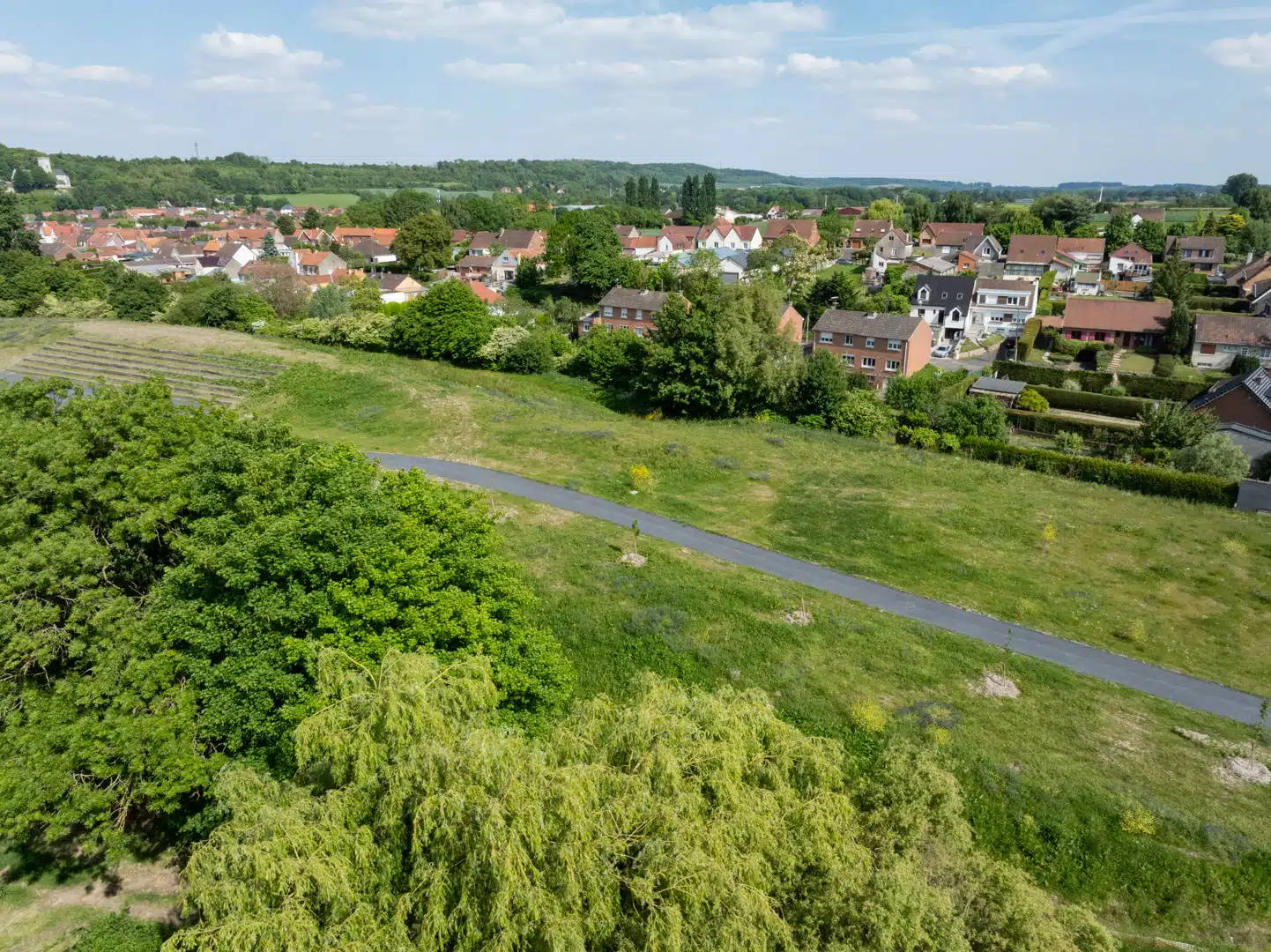
Develop the Chaussée Brunehaut Park, a nature area open to the public
Houdain
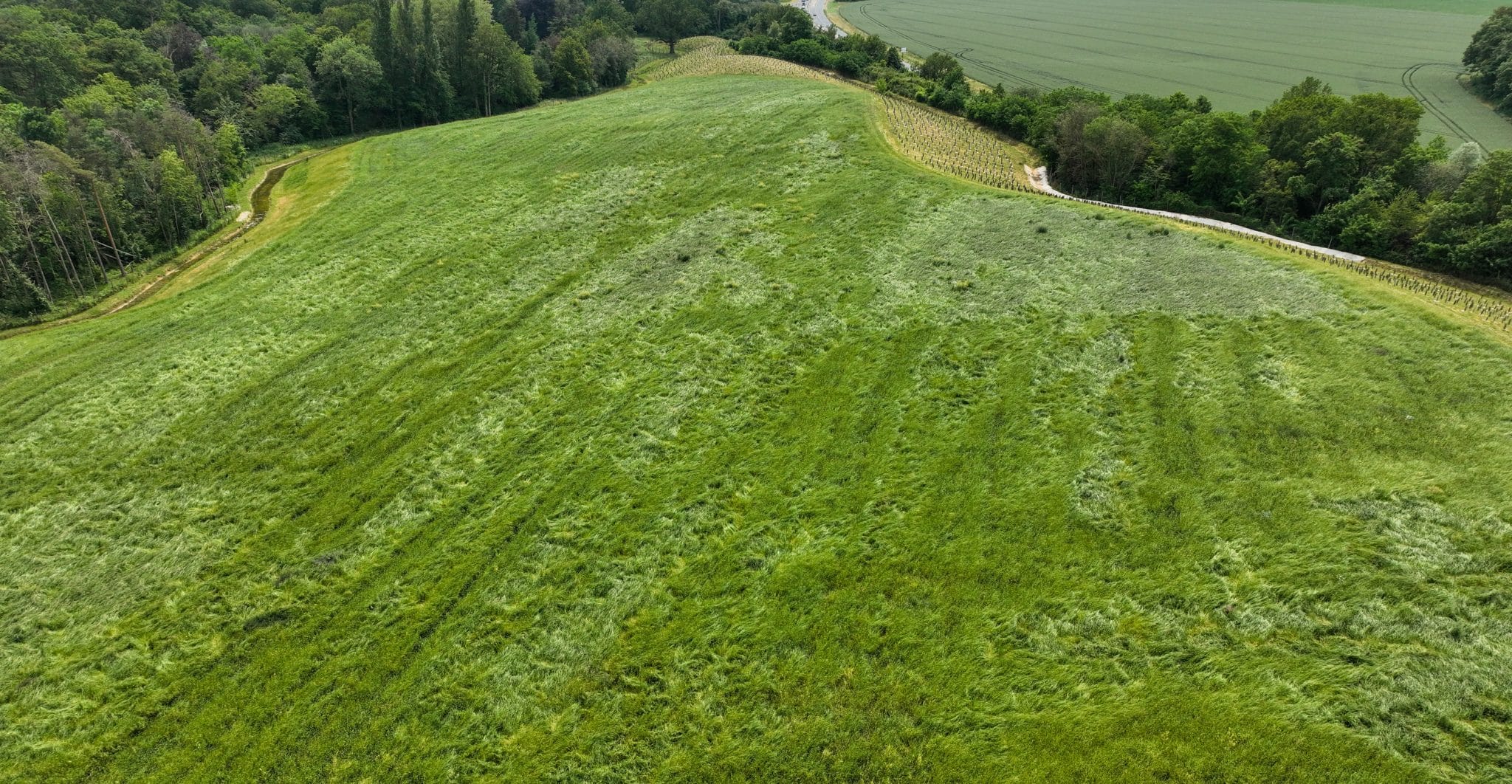
Developing an agricultural and ecological revival on a damaged site
Grisy-Suisnes
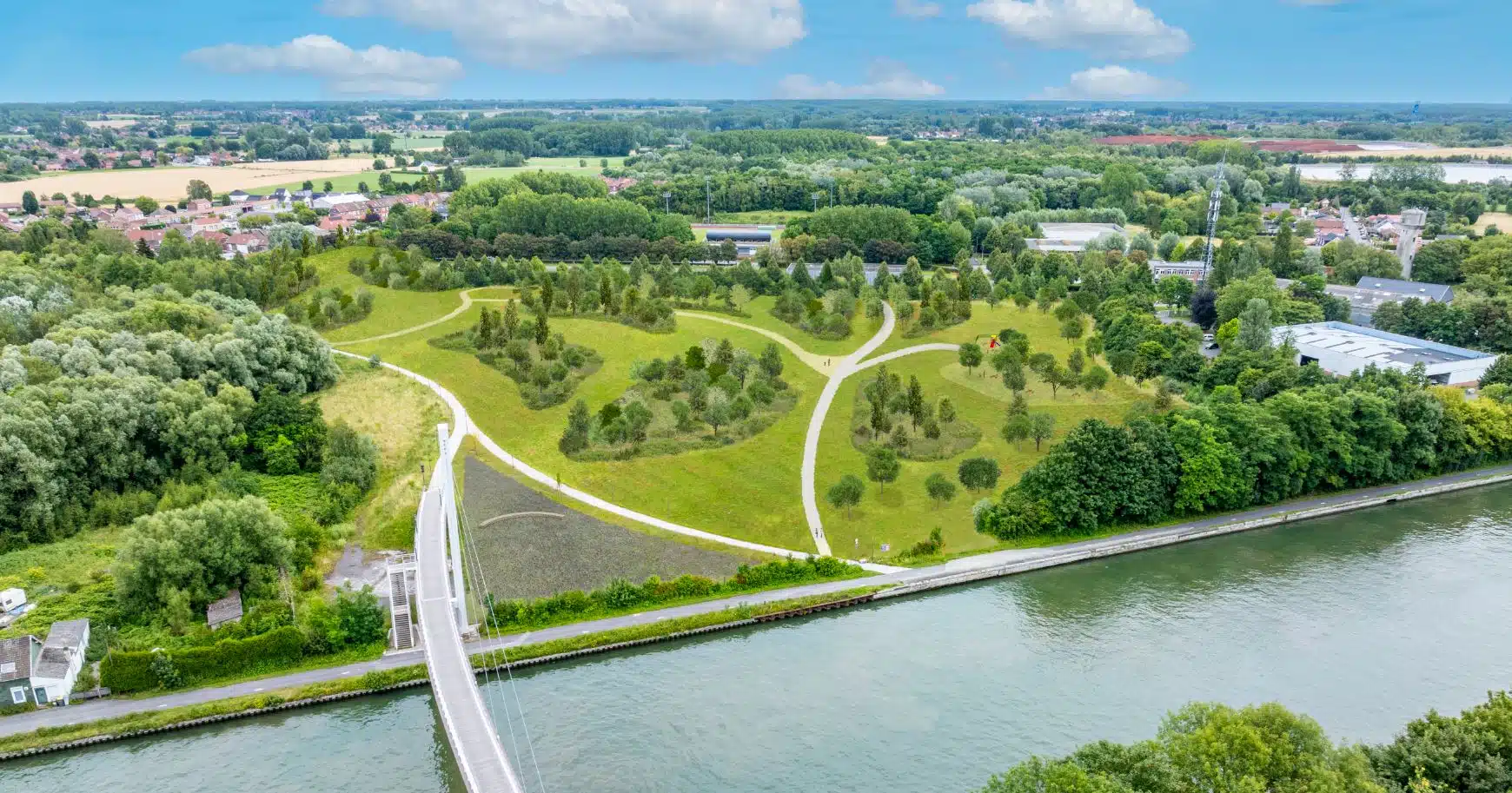
Transforming a brownfield site into an urban park
Auby (59) - Nord (59)
